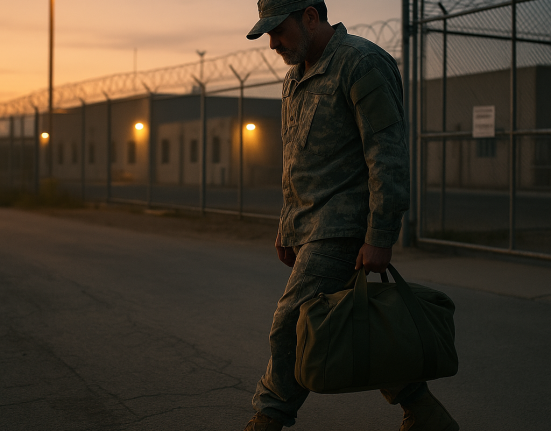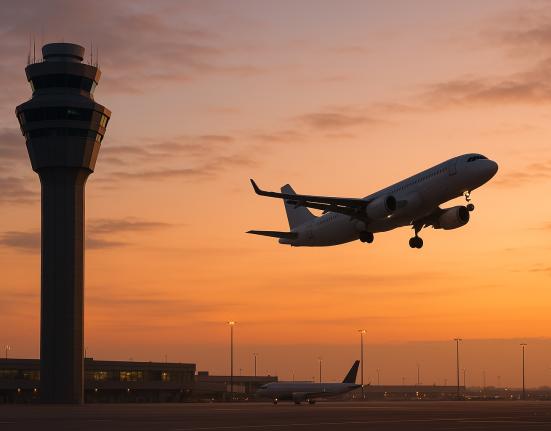On January 29, 2025, an American Airlines regional jet (Flight 5342) collided midair with a U.S. Army Black Hawk helicopter over the Potomac River, approximately 0.8 km from runway 33 at Reagan National Airport in Arlington, Virginia. All 67 individuals aboard both aircraft died, marking the worst U.S. aviation disaster since 2001 AP News+13Wikipedia+13Facebook+13.
Over several days of NTSB hearings, investigators unveiled a chain of systemic failures contributing to the catastrophe:
- The helicopter’s barometric altimeter was malfunctioning, misreading altitude by 80–100 feet—placing it above the 200-foot flight ceiling. Prior reports flagged similar discrepancies in this unit’s history, but no action was taken AP News+5AP News+5AP News+5.
- Use of night vision goggles impaired the pilots’ ability to discern the jet from background lighting and peripheral cues, complicating visual separation during final approach The Economic Times+11AP News+11Wikipedia+11.
- Communications breakdown: the helicopter crew may not have heard critical ATC instructions to pass behind the jet. A pressing issue was the controller combining helicopter and local control responsibilities, reducing clarity and oversight The Washington Post+2AP News+2Wikipedia+2.
- Air traffic control allowed visual separation in dense airspace, relying on last-minute visual judgement rather than structured separation protocols. The FAA recently acknowledged 85 previous near-miss alerts in the same corridor, adding to concerns over risky procedures AP News+8Wikipedia+8AP News+8.
- Despite warnings about congested airspace and equipment shortcomings, the FAA and Army both postponed action. The NTSB sharply criticized bureaucratic inertia and lack of risk mitigation over years AP News+3AP News+3The Washington Post+3.
The NTSB has issued urgent safety recommendations, including closing Helicopter Route 4 during runway 33 operations and designing alternate paths for essential military flights. Critics argue these changes are overdue—in particular, the FAA’s failure to act on previous near-miss data drew strong rebuke from NTSB Chair Jennifer Homendy AP News+5Wikipedia+5Fox News+5.
Key Points
- Altimeter failure: inaccurate barometric calibration led to exceeding vertical separation limits.
- Night vision limitations: impaired situational awareness during critical flight phase.
- Controller overload: combined roles and communication gaps degraded safety margins.
- Known warnings ignored: FAA and Army previously received warnings but made no route changes.
- Visual-separation dependency: reliance on pilots seeing each other in a congested urban corridor was risky.
Future Projections
Airspace Policy & Regulation
- Expect rapid FAA implementation of expanded helicopter route closures during runway 33 operations.
- Legislative pressure may require military helicopters to install full ADS-B In/Out systems to improve tracking transparency Facebook+4AP News+4AP News+4AP News+1AP News+1The Washington Post+1Wikipedia+1.
Equipment Standards & Technology
- Improvement mandates for barometric precision, mandatory radio altimetry, and elimination of reliance on flawed altimeter units.
- Night vision goggle protocols likely to be revised to reduce misidentification risks.
Air Traffic Control & Training
- Redefined protocols on controller staffing requirements, with separated roles reinstated to avoid dual duties.
- Changes in visual-separation policies, emphasizing structured guidance over discretionary pilot-based spacing.
Industry & Public Oversight
- Increased demands from families and aviation safety experts for accountability from FAA and Army oversight.
- Broader public scrutiny may drive transparency reforms in crash investigations and regulatory responsiveness.
Final Reflection
This tragic crash appears to be the culmination of layered failures—a faulty instrument, diminished visibility, overcrowded airspace, resource limitations, and bureaucratic inaction. The calibrated response from regulators and lawmakers may prevent a recurrence. But it remains to be seen whether these reforms will lead to a lasting change in U.S. aviation safety culture.








Leave feedback about this
You must be logged in to post a comment.